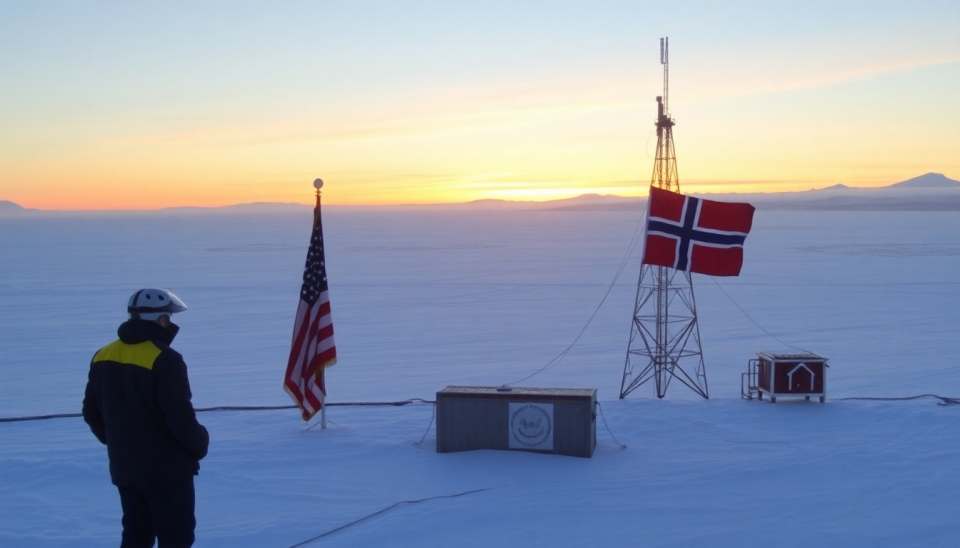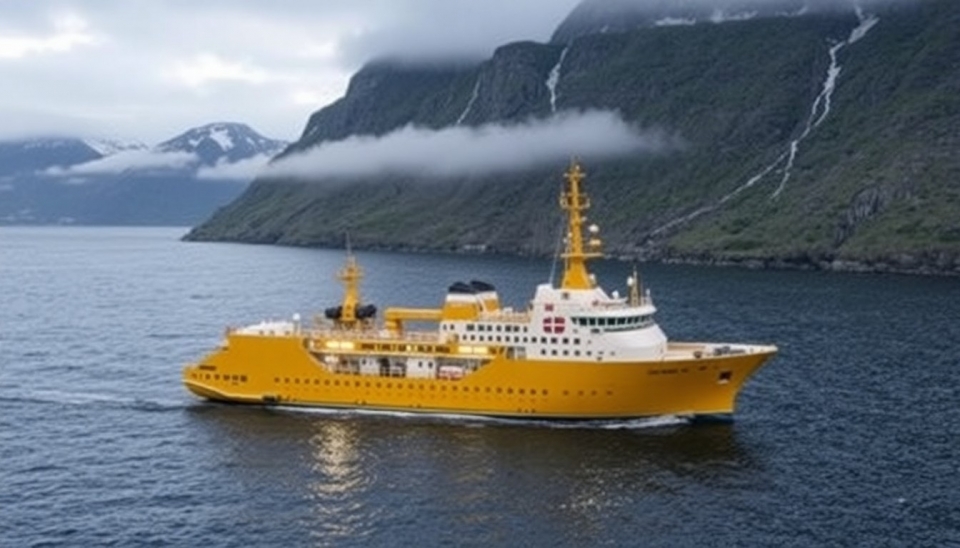
In a significant development for the aerospace industry, the United States has entered into a partnership with Norway to facilitate satellite launches from the Arctic region. This groundbreaking agreement aims to bolster both nations' capabilities in satellite deployment while also expanding their strategic interests in the increasingly vital Arctic zone.
The deal, inked recently amid growing concerns about competition in outer space and the strategic importance of the Arctic, will allow the U.S. to leverage Norway's existing space launch infrastructure. The Arctic territory offers a unique geographical advantage, providing direct access to polar orbits that are crucial for various satellite applications, including communications, weather forecasting, and Earth monitoring.
Norway’s capacity for launching small to medium-sized satellites, combined with the U.S.’s advanced technology and expertise, is expected to create a robust framework for both nations to conduct numerous launches in the forthcoming years. This collaboration is particularly timely as both countries look to enhance their capabilities to gather intelligence and provide global connectivity.
Under this agreement, the United States will also contribute resources to expand Norway's current launching facilities. These enhancements not only aim to streamline satellite launch processes but also to improve safety measures and environmental protocols to protect the pristine Arctic environment.
The Arctic has become a focal point for international attention as climate change opens up new shipping routes and resource exploration opportunities. This partnership signals a proactive approach to securing national interests while addressing the environmental challenges posed by increased activity in the region.
As part of the initiative, both countries will engage in joint research and development activities focused on innovative technologies that can facilitate satellite launches and operations in extreme Arctic conditions. This collaboration is not just an economic opportunity but a commitment to maintaining high standards in environmental sustainability and responsible usage of Arctic resources.
Both nations have expressed enthusiasm for the potential benefits that this agreement can bring, citing job creation, technological advancement, and contributions to global space endeavors as primary goals. Officials believe that the Arctic’s unique position can serve as a launching point not just for satellites but for an international cooperative effort in space exploration.
Overall, this partnership between the U.S. and Norway represents a strategic move that could place both nations at the forefront of the evolving satellite launch landscape, illustrating their commitment to maintaining a secure and sustainable presence in the Arctic region.
As this initiative unfolds, industry experts are keeping a close watch on subsequent developments, particularly in regard to how various stakeholders, including private aerospace companies, may become involved in this burgeoning Arctic space economy.
With the global race for space and Arctic resources heating up, this collaboration places both the United States and Norway in a prime position to leverage their technological prowess and geographic advantages.
#Arctic #SatelliteLaunch #USNorwayDeal #SpaceExploration #AerospaceInnovation #PolarOrbits #EnvironmentalSustainability
Author: Emily Collins

